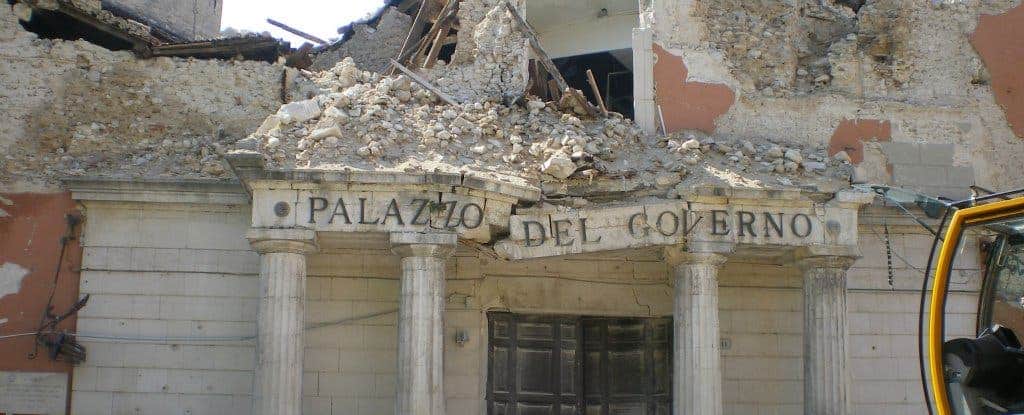I’m happy to say that one of the most absurd events in modern science has finally concluded, and with a normal result. The Italian seismologists tried with manslaughter for not carrying a good enough risk analysis have been cleared – most of them, at least.

The L’Aquila earthquake struck in central Italy on 6 April 2009 with a magnitude of 6.3, killing 309 people and injuring more than 1,500. The area had been previously struck by a swarm of smaller earthquakes, and a committee was called to evaluate the risk. The seven researchers – three seismologists, a volcanologist, and two seismic engineers ultimately told the public that the chance of danger hadn’t increased or decreased and that there was no apparent reason to be worried. However, judge Marco Billi, called their work a “superficial, approximate and generic” risk analysis. Billi explained that the scientists were not guilty of failing to predict the earthquake, but failing to “discharge their duties under the law,” a decision which made waves around the world.
Initially they were convicted and sentenced to jail, then acquitted, and then the prosecution asked for their sentences to be reinstated. After a 10-hour closed door hearing, the five-judge panel delivered their verdict – they completely cleared six of the scientist, and greatly reduced the sentence of the seventh. The main defence for the scientists was that their work was solid, but the problem was that Bernado De Bernardinis, the seventh scientist assured the public that there is no reason to worry.
The scientific community was appalled by the initial verdict, that scientists can be sentenced for not having success in their research, and this decision came with a major sigh of relief. UK seismologist Ian Main from the University of Edinburgh told Nature last year:
“We don’t want to have to be worried about the possibility of being prosecuted if we give advice on earthquakes. That would discourage giving honest opinion.”






